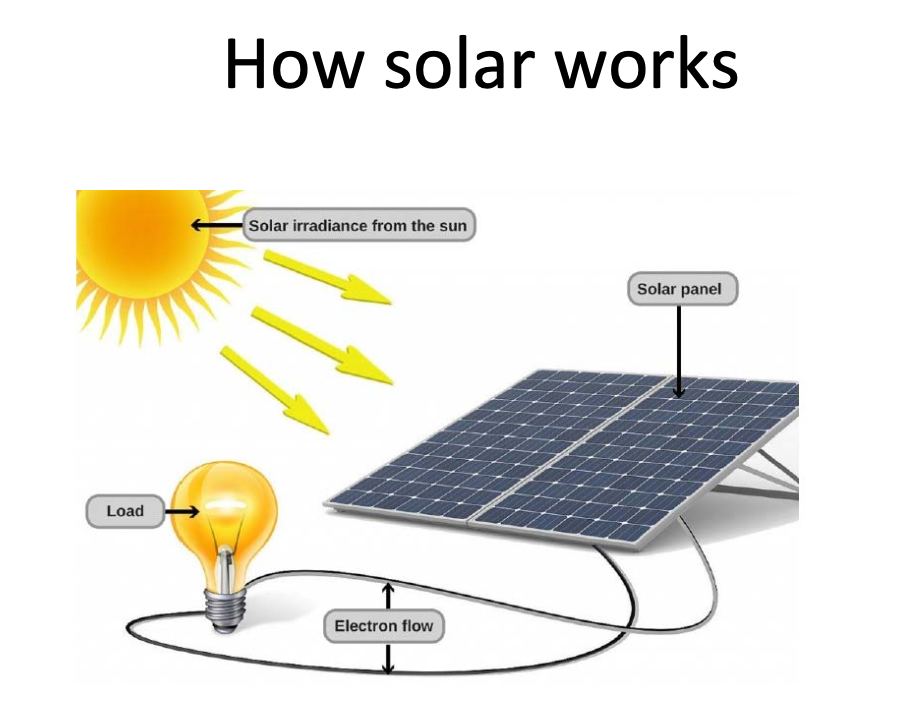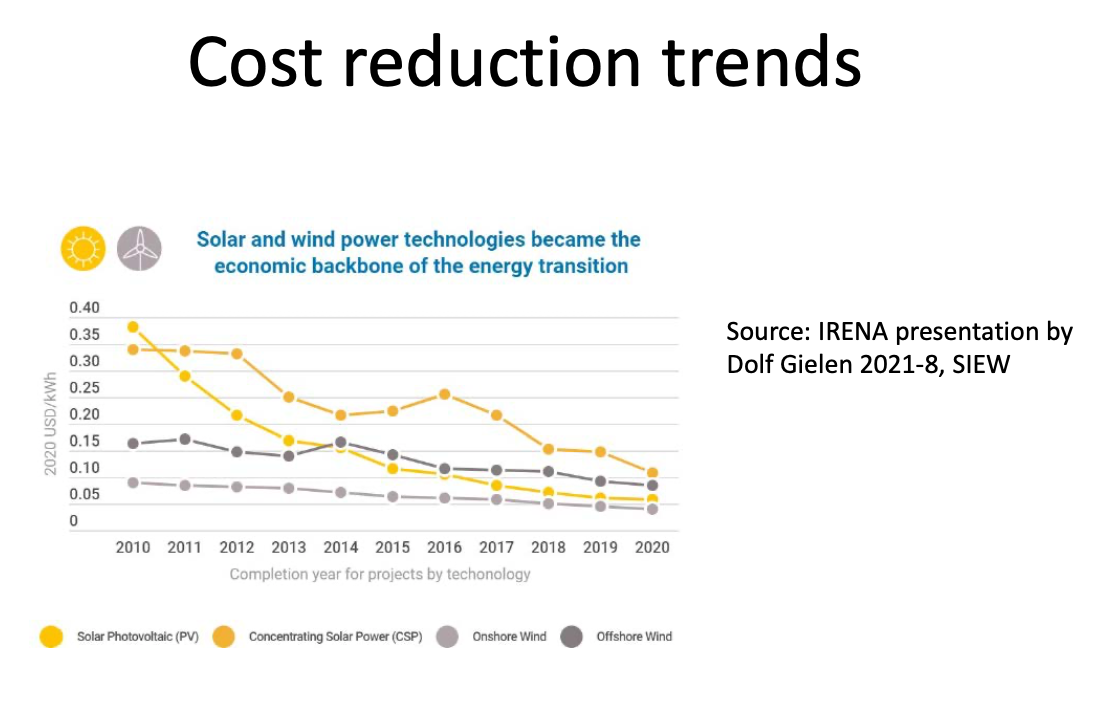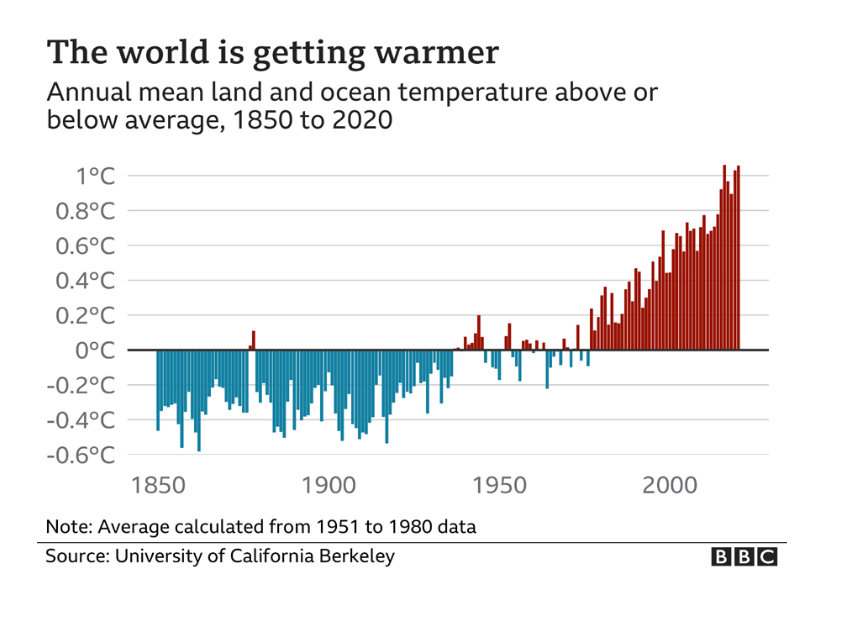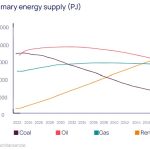How solar energy reduces electricity bills
Energy from the sun is free, once you have the equipment to convert it to electricity. Solar panels are the heart of that equipment, as shown in this diagram:

The free electricity provides the payback on the investment in solar panels and the ancillary equipment. Of course many panels are required to provide the power needed by a building (panels like those in the photo might produce 500W, not more). But the cost of solar panels has reduced throughout the 21st century by around 20% each time that the cumulative volume of production doubles, and prices have declined by 80% or more since 2000. Renewable fuels now produce power at lower cost than any other fuel (see graph). And finance is becoming available at monthly payment rates lower than the monthly savings in electricity bills.

But what about night-time, when the sun doesn’t shine? Well, solar panels can pay for themselves even if they are only used in the daytime, but batteries offer a solution for night-time use for those who really want to make their building independent of the utility; batteries can store daytime electricity for use at night or when the sun isn’t shining, and their costs are declining rapidly.
Before you decide, Panphos will calculate what all this means for your budgeting, without obligation. Factors that affect the individual calculations include the percentage of your electricity bill that comes from daytime use; the amount of roof space available; whether your building is used 5, 6, or 7 days per week, and whether the building has any shutdowns during the year, and the percentage of finance that you need.
Ask us whether you qualify for a free solar survey: click here
How solar energy helps fight climate change
Climate action is one of the 17 Sustainable Development Goals (SDGs) identified by the United Nations as crucial for global development. The term climate action is often used in the debate over global warming (see chart), but there’s more to it than that: there are many other climatic changes that should worry us, including droughts, floods and typhoons. Some forecasts show that there is a danger of Bangkok disappearing under water from rising sea levels by 2050, and that would be one consequence of climate change. Renewable energy makes a major contribution to climate action.

The trend towards using solar energy on buildings has already started, and in Thailand, solar energy is an abundant resource. Residential and commercial buildings can use up to 40% of all energy used, so the impact of decarbonizing energy used for buildings is crucial. Using solar energy doesn’t mean ignoring other ways to fight climate change. The United Nations Environment Programme produces a list of 10 ways in which ordinary citizens can fight it, such as reducing the amount of energy used, reducing air travel, using heat-pumps or increasing use of plant-based diets. But renewable energy can make a big contribution.
In the context of climate action, the essential benefit of renewable energy is that it cuts greenhouse gas emissions, particularly carbon dioxide, by replacing fossil fuels (such as coal, gas, and oil) that are heavy on emissions and also pollute the atmosphere in other ways. The UN has estimated that the world needs to reduce CO2 emissions by half over the next decade if further global warming is to be stopped.
The focus on renewable energy leads to economic benefits to users of solar. As the interest in phasing out fossil fuels grows and climate action grows in society, particularly among the young, organisations have sprung up to issue renewable energy certificates (RECs), issued to companies which produce solar energy. These RECs are tradable (i.e., have direct monetary value).








